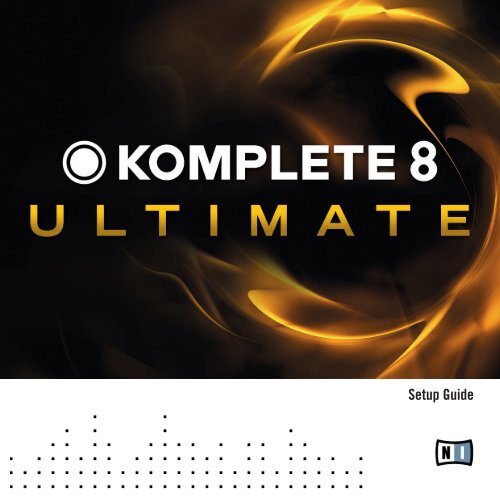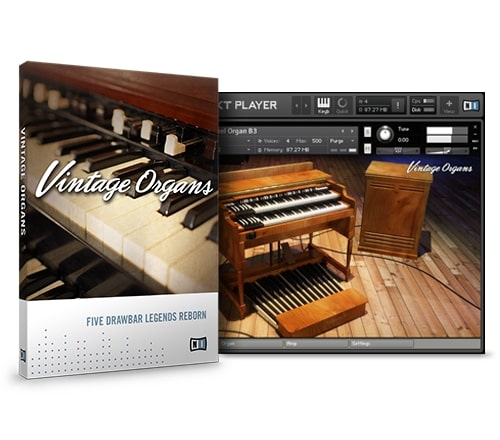

Whereas Emagic/Apple's EVB3 offers four different 'Leslie' cabinets and a choice of single or dual rotary speakers, B4 has no choice of cabinet simulations and no ambience simulations, and one frequently voiced complaint is that the volume level rather frustratingly tails off from around middle 'C' downwards. There is, however, always room for improvement. Despite these, though, NI's B4 has remained the benchmark for Hammond plug-ins, gaining favour not only with studio-based musicians but with live performers, too.

B4 hasn't been without its competitors - Emagic (now Apple) soon followed up with EVB3 (see SOS February 2003), and since then, we've seen the likes of USB's Charlie, a sample-based VST instrument (reviewed in SOS September 2004).

With the advent of software instruments, 'virtual' tonewheel emulators began to appear, and it was NI's B4, first reviewed in SOS back in November 2000, that went on to become something of an industry standard. Since 1980, when Korg released their original CX3, and made what was arguably the first serious attempt to replicate the sound of a Hammond organ in a portable keyboard, there have been scores of ersatz tonewheel organs, some good and others, well, not so good. But NI are clearly convinced it can be better. Since its launch in 2000, NI's B4 has been the software instrument of choice for those who want realistic tonewheel organ sounds from their computer.


 0 kommentar(er)
0 kommentar(er)
